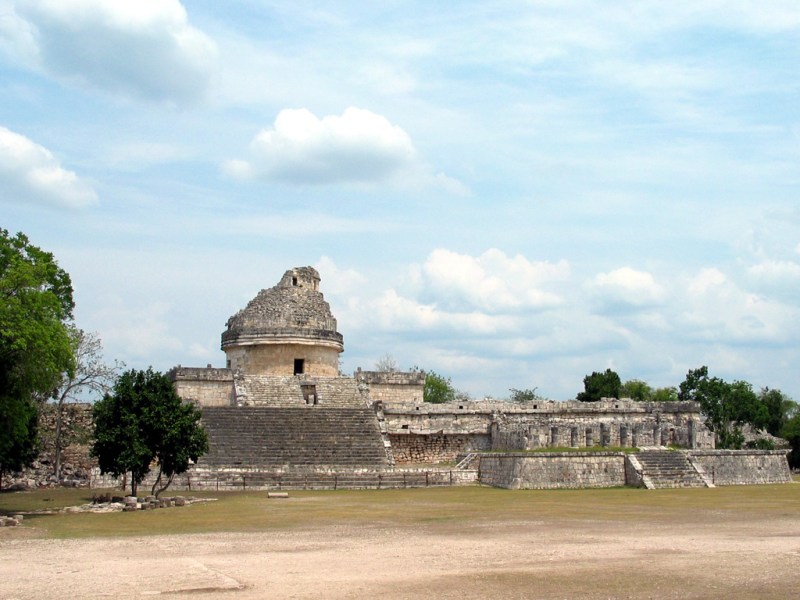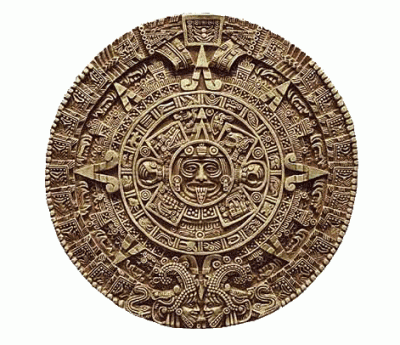Solving the Mystery of the Mayan Calendar’s 819-Count Cycle


Despite the mysticism that often clouds the Mayan calendar in popular culture, fact remains that the calendar system in use by the Mayans was based on a system used throughout the pre-Columbian Mesoamerican societies, dating back to at least the 5th century BCE. Characteristic of this system is the cyclical nature, with the Mayan calendar featuring three common cycles: the Long Count, Tzolk’in (260-day) and the 365-day, solar-based Haab’. Combined, these three cycles formed what is known as the Calendar Round and which lasts for 52 haab’ (years).
What was less obvious here was the somewhat obscure 819-day count that was found in certain locations in Mayan constructions. Now researchers John H. Linden and Victoria R. Bricker figure that they have discovered how this new cycle matches up with the previously known Calendar Round. In previous reports by e.g. Barbara McLeod and Hutch Kinsman in 2012, they noted the ongoing debate on this 819-day count and its potential purpose. The new insight by Linden and Bricker is that by increasing the calendar length to 20 periods of 819 days, it matches up with all synodic periods of the visible planets, explaining it as a planetary astronomical cycle.
What is interesting here is that the Mayan counting system is base-20 (vigesimal). Whether coincidence or not when it comes to this part of the Mayan calendar, it is good to see that more secrets of the Classical Mayan society are being recovered. With modern day Maya still living where their ancestors once did, these discoveries help them to recover and reconnect to the parts of their history that were so brutally destroyed by the invading Europeans.
(Heading image: El Caracol observatory at Chichen Itza, Mexico)
Post a Comment